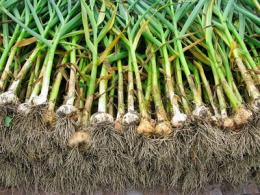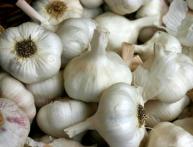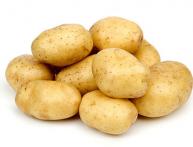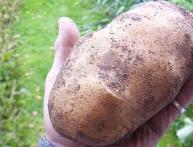Technology for growing winter garlic

Garlic began conquering the hearts of gourmets more than 3,000 years ago. He came to us from the vastness of Central Asia. Pythagoras also called garlic the king of spices. In addition to its specific taste, this plant contains 5% fat, up to 8% protein, 27% polysaccharides, many iron salts, vitamins and iodine. Moreover, winter varieties contain more iron than spring varieties. In addition, winter garlic grows larger and is stored better. In principle, the technology for growing winter and spring varieties of garlic differs mainly in sowing time.
Preparing the beds
It is most convenient to grow garlic in narrow beds. It is better to plan planting in the place where zucchini, cucumbers or early cabbage were grown last season. When preparing the beds, it is necessary to add lime or ash, since garlic does not like high acidity of the soil.
In addition, you need to fertilize the soil with humus and mineral fertilizers: per 1 m² a bucket of humus, 10 g of potassium, 8 g of phosphorus.
Landing time
Depending on the weather, you need to plant winter garlic in the second half of September - in the first half of October, so that before the onset of cold weather, the garlic cloves take root and form a good root system that will penetrate to a depth of about 10 cm, but do not germinate. The technology for growing winter garlic requires a planting depth of approximately 5 cm from the surface. It is advisable to leave a gap of 10cm between plants.
Little secret
If you place the edge of the clove with a north-south orientation, then the leaves of the plant will be able to receive maximum spring sunlight. This technique will increase productivity and make it easier to care for plants.








